Yellow Wax Bell: The unusual and unforgettable flowers
Yellow Wax Bell: The unusual and unforgettable flowers

The fascinating flowering plant known as Yellow Wax Bell, or Kirengeshoma palmata, is native to Japan and Korea.
It is a member of the hydrangea family and is well-known for its distinctive and colourful blossoms.
Appearance and Growth of Yellow Wax Bell
Yellow Wax Bell is a deciduous plant that grows up to 4 feet tall and spreads up to 2–3 feet wide. It has broad, palm-tree-like leaves with lobed edges. Yellow wax bell flowers are distinctive because of their bell-like form and vivid yellow hue.
Cultivation of Yellow Wax Bell
In addition to some shade, the Yellow Wax Bell prefers moist soil. It can benefit from routine fertilising and does best in rich, well-draining soil. Since it is a hardy plant that can endure low temperatures, gardeners in colder climates frequently choose it.
Uses of Yellow Wax Bell
When it comes to adding colour to a garden in the fall, yellow wax bells are a great option. It can be used in woodland gardens, mixed borders, and as a border plant. The plant’s distinctive shape and colour make it a popular option for cut flower arrangements as well.
Interesting Facts About Yellow Wax Bell
Here are five interesting facts about this unique plant:
Unique Flowers: Yellow Wax Bells are bell-shaped flowers that stand out from other flowering plants due to their bright yellow colour. They add a pop of colour to any garden when they bloom in late summer and early autumn.
Palm-like Leaves: The plant’s broad, lobed leaves have a palm tree-like appearance, giving the garden an exotic atmosphere.
Cold Tolerant: Gardeners in colder locations frequently choose this hardy plant since it can survive cold temperatures.
Propagation: Gardeners can easily multiply Yellow Wax Bell and spread it to others by dividing it or by taking cuttings in the spring.
The yellow wax bell is a fascinating and unforgettable plant that can add a splash of colour to any garden during the fall season. Any gardener can enjoy the Yellow Wax Bell if given the proper attention and care, as it will flourish.
This post is part of #BlogchatterA2Z_

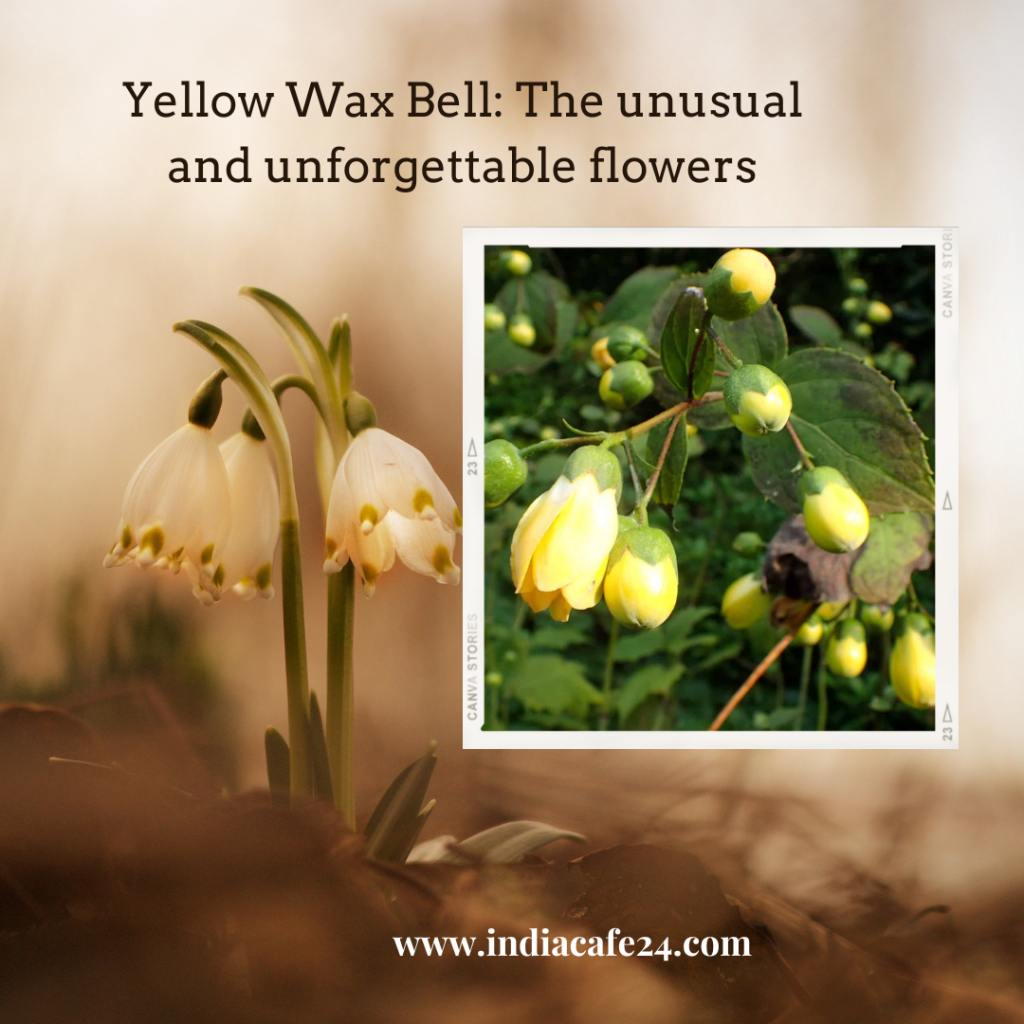
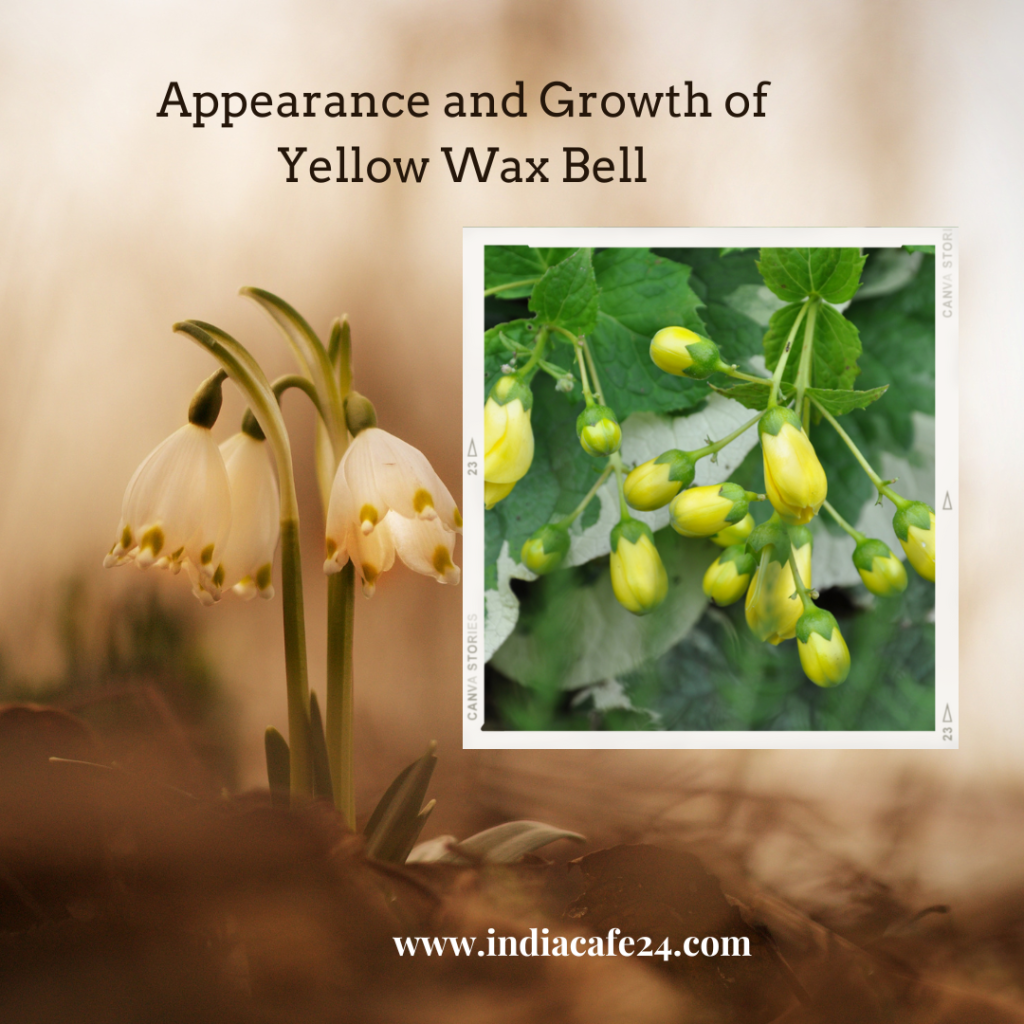
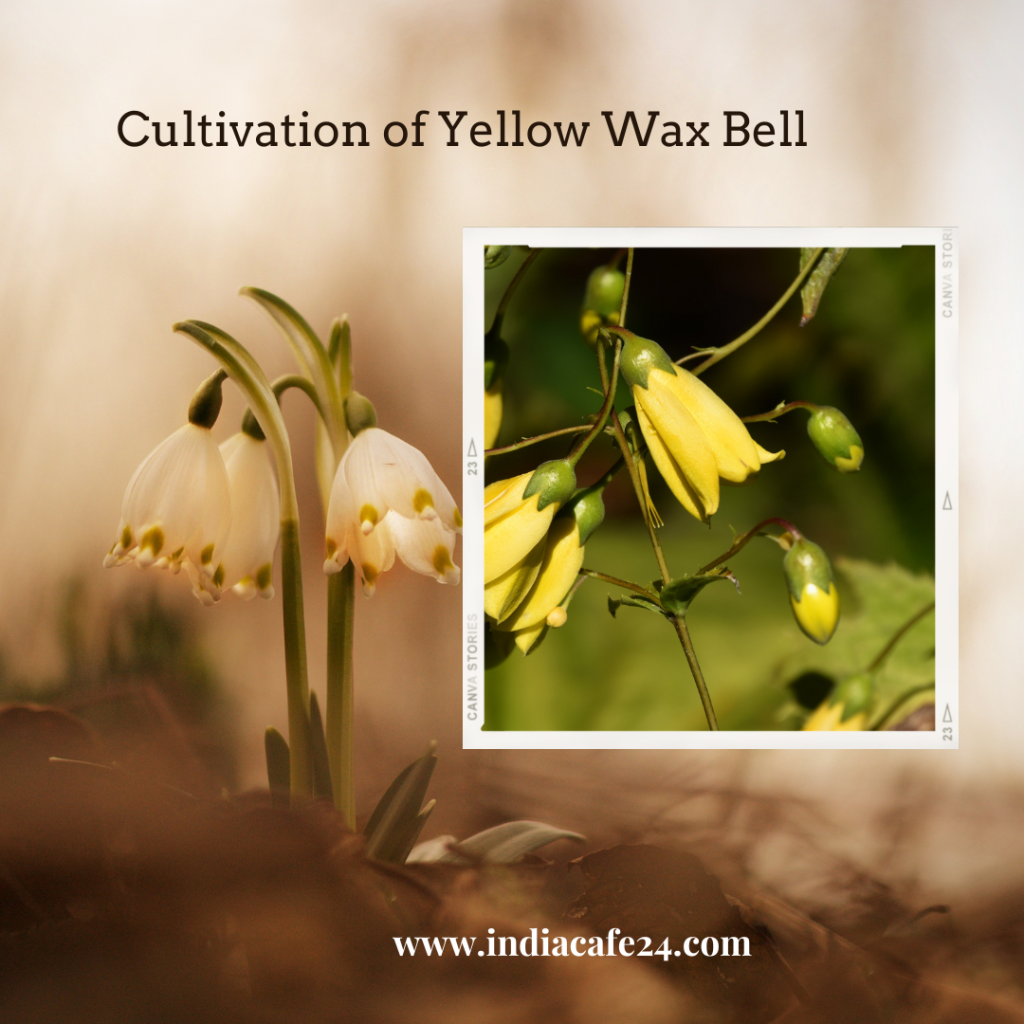
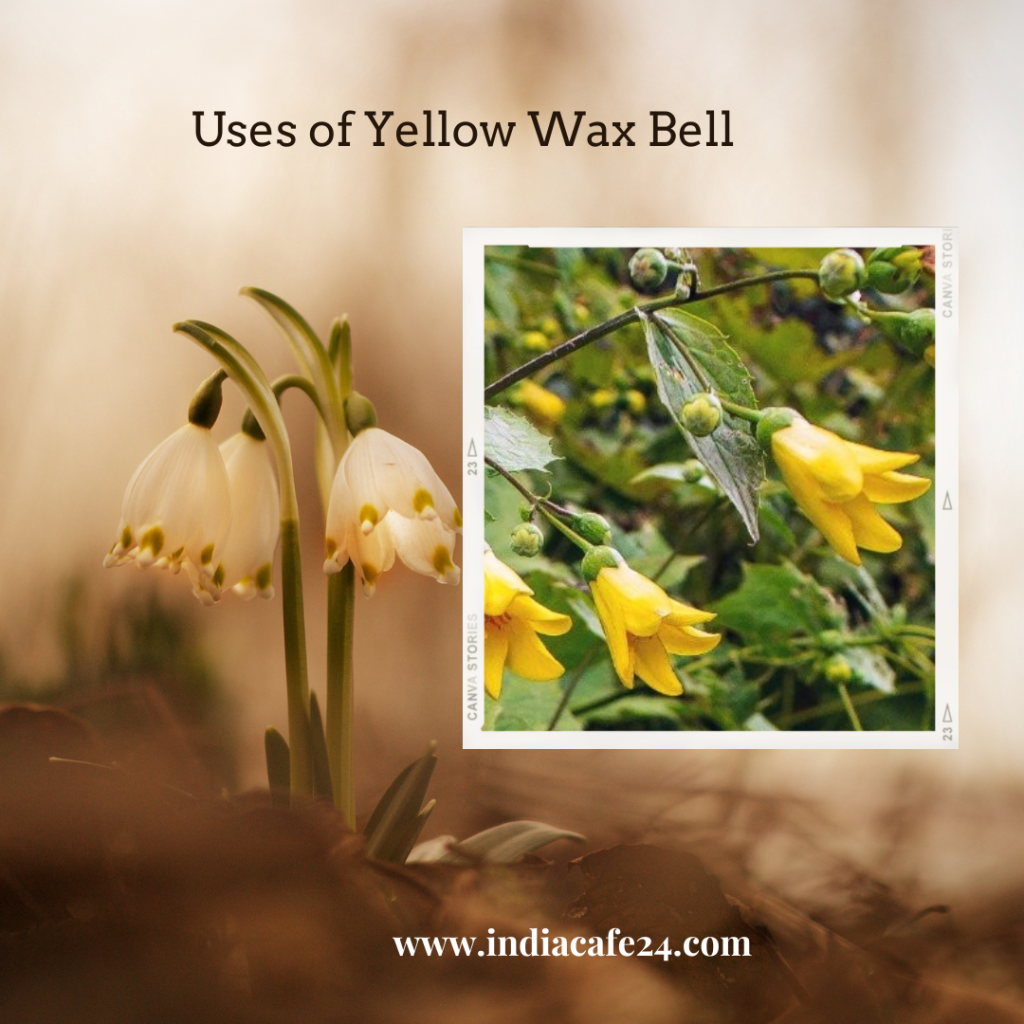
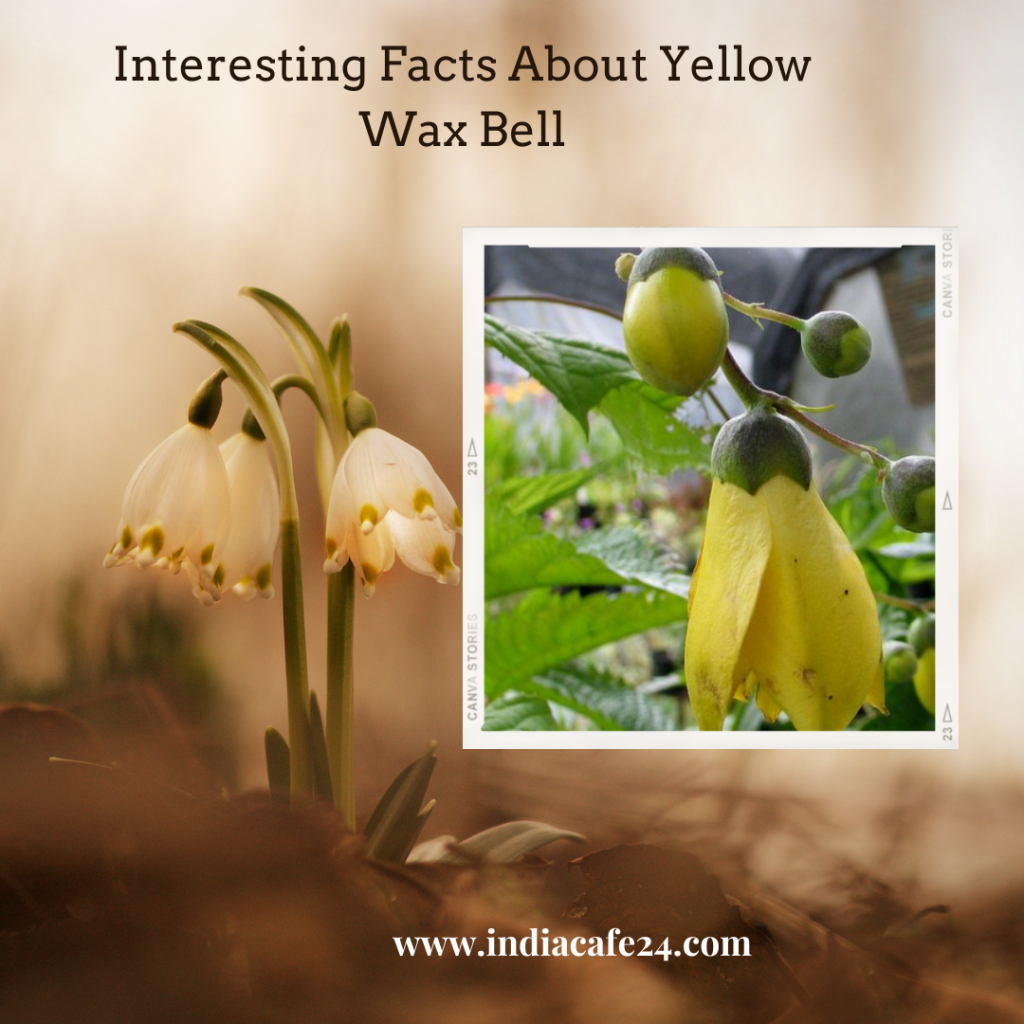
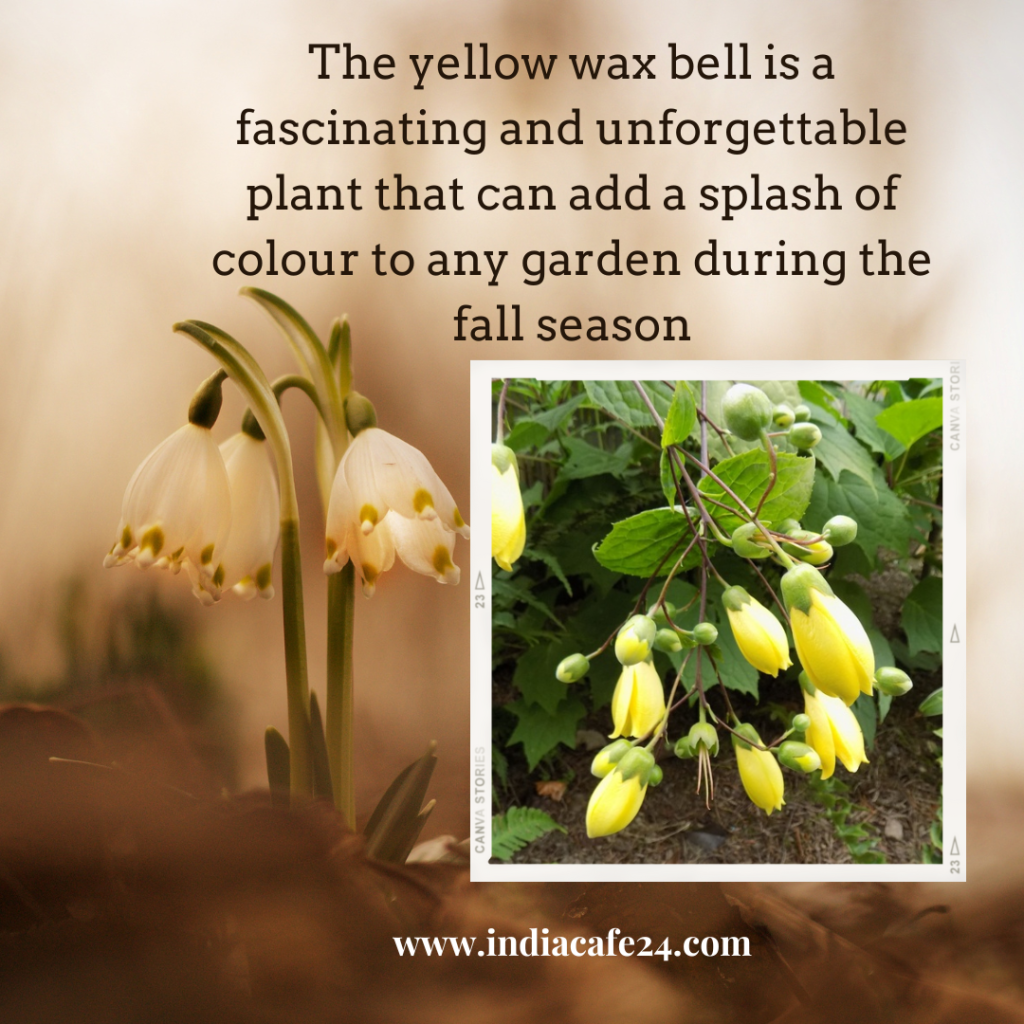
Leave a Reply